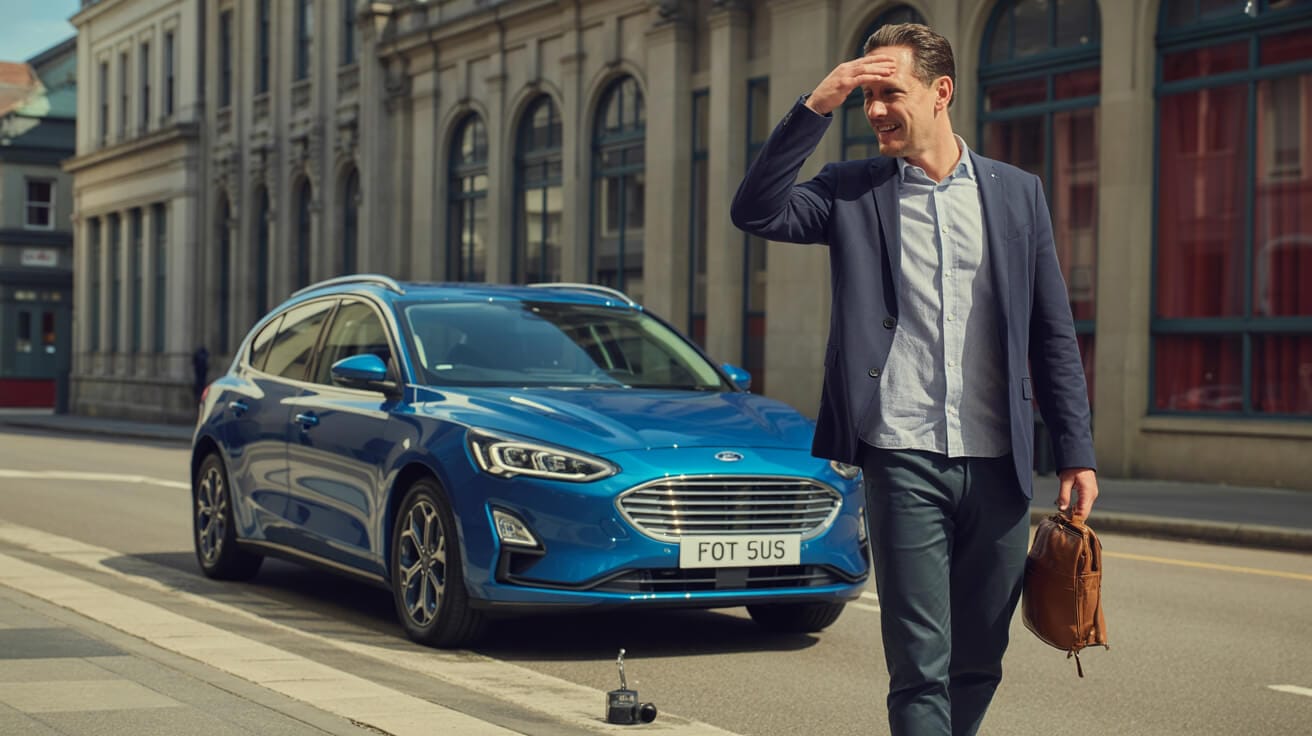Are You as Protected as You Think? The Real Layers Behind Car Security
Most car owners treat security as a checklist—alarm on, doors lock, job done. But real protection is layered: it’s mechanical strength, digital authentication, and the daily habits you repeat without thinking. It’s not one gadget or upgrade; your safety depends on how these defences overlap and backstop each other.
If you want to know where your protection stands, start by asking: Can a small oversight, like an old app permission or a lazy lock check, take down everything else? The answer is yes—criminals count on that. But your advantage is that every layer you reinforce—physical, digital, habitual—forces them to work harder and raises their risk.
The habit you practice every day is your most reliable defence.
All modern car security comes down to resilient, interconnected defences: robust locks, encrypted credentials, and vigilant ownership. Even a premium alarm is only as strong as your attention to open doors, fob batteries, and ignored app updates. When you keep keys hidden, audit digital access, and demand credible service, you convert your car from accessible target into hardened challenge.
What Should You Audit in Your Current Car Security Setup?
Snippets below the waterline, ignored for years, can open the whole vessel—lost spares, dead rear-door locks, permissions handed out in haste. Your car’s strength is in not relying on any one zone to save you.
The most effective car security is a blend of mechanical locks, up-to-date immobilisers, and rigorously maintained owner routines.
How Can a Single Detail Undo an Entire Security Chain?
One forgotten spare key, a firmware update skipped, or a guest digital pass you never revoked—the overlooked “small stuff” is where attackers succeed.
Even the best security system fails if a lone layer—like an old lock or outdated credential—becomes a back door.
Checking doors, managing credentials, staying on top of updates—none of these are glamorous. But they protect your car with a diligence no device alone can replicate.
How Are Modern Car Thieves Bypassing Today’s Defences?
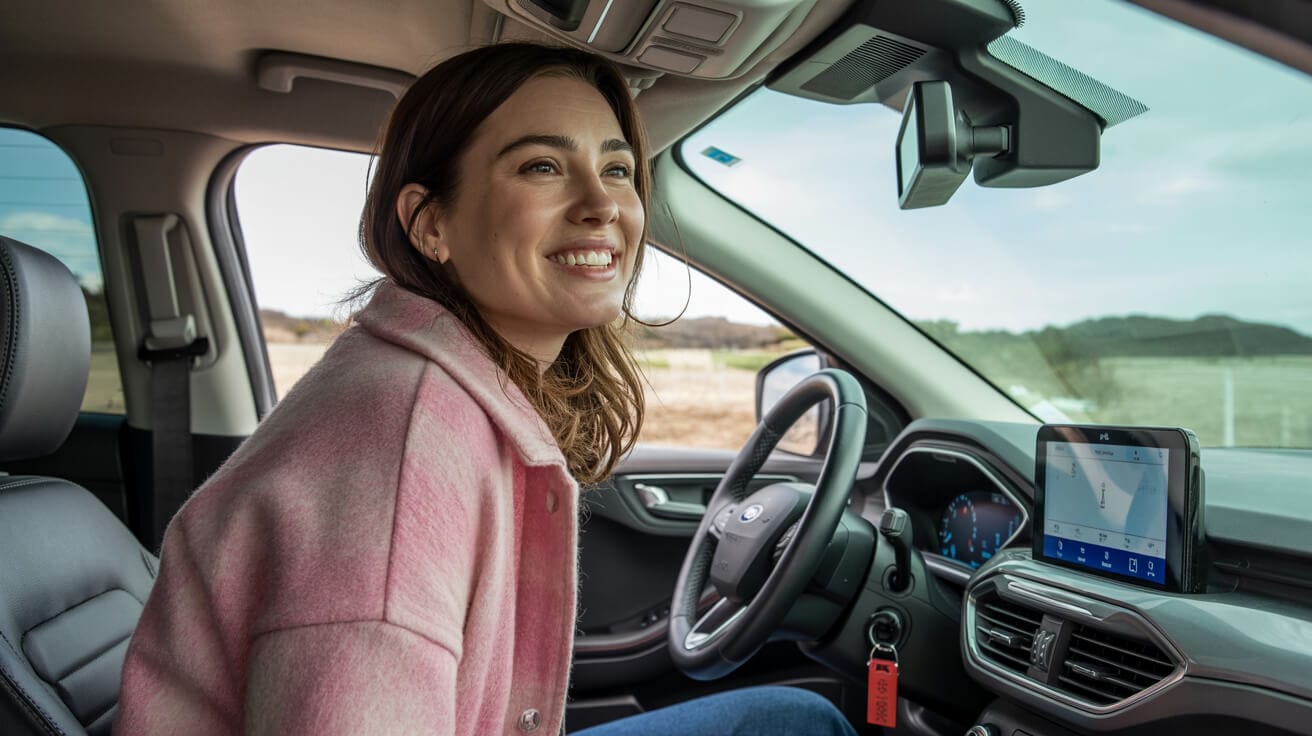
Old-school theft, with smashed windows or forced ignitions, is becoming rare. The new attack surface is digital and silent: signal amplification, OBD hacks, credential phishing. A thief with the right know-how won’t leave a mess—just an empty space where your car was.
The vulnerabilities aren’t just in old cars or cheap alarms. High-value vehicles with unattended keyless systems, unprotected OBD ports, neglected locks—all are on the menu. If there’s a weak link, today’s professional thief will find and exploit it.
What you can’t see or hear is often the real threat to your peace of mind.
Criminals focus on three main methods: relaying your key’s signal, unlocking the digital brain through the diagnostics port, and attacking the locks you trust. If you defend each channel, you’re outpacing most threats on the road.
What Is a Relay Attack and Who’s Most Vulnerable?
Relay attacks let criminals impersonate your key from outside your home, fooling your car into starting or opening as if you were standing next to it. Any keyless system in range is a potential target.
Relay attacks allow thieves to open and start cars by hijacking wireless key signals—no glass broken, no alarms set off.
How Does OBD Hacking Become a Real-World Threat?
On-board diagnostics (OBD) hacking isn’t science fiction. It’s real, and it’s fast. Plug in a common device under the dash, and a thief could reprogram new keys or even bypass your immobiliser.
Thieves can use the OBD port to add fake keys or disable security settings—sometimes in two minutes flat.
Use port locks, be careful where you leave the car, and treat your OBD like a firewall protecting your entire system.
What Physical Attacks Still Matter?
Not all threats are high-tech. “Lock snapping”—physically breaking a lock cylinder—targets older cars or any with worn hardware.
A snapped lock often gives instant access, bypassing electronics altogether.
Professional upgrades, regular checks, and robust mechanical maintenance stand between your property and opportunists.
How Do the Security Layers in Your Car Really Work—and Where Are the Gaps?

An alarm is no good if you ignore a slow lock or unexplained warning. Your vehicle’s security is a chain: each component—key, lock, immobiliser, entry habits—needs to hold so the others can catch what slips through.
Smart owners think in overlap. A mechanical lock backs up an electronic module. Digital hygiene defends against social and tech attacks. Most failures happen at the interfaces—where routine meets relay, or fob meets worn-out battery.
Overlap is strength. The handoff from lock to sensor, fob to software, is where smart thieves try to slip in. Audit those edges.
Systems that reinforce each other push criminals to move on, but only if you maintain every edge. Never rely on a single fix or shiny upgrade.
What’s the Real Chain From Key to Ignition?
Each time you unlock or start your car, there’s a handshake: radio frequencies wake up the car, cryptographic codes authorise entry, the immobiliser steps in, all before the engine says “go.” A battery glitch, old code, or missed app update is a door left half open.
Your keys, immobiliser, and ignition work together. Weakness anywhere in the chain can let an attacker in or keep you out.
How Does Credential Hygiene Crush Silent Attacks?
Not cutting old app users, leaving a spare key in a rarely used bag, or ignoring keyless fob management—these oversights become your easiest vulnerabilities.
For digital-first cars, forgotten access or credentials is as risky as leaving a real door unlocked.
A monthly sweep—removing expired app users, deactivating lost fobs—does more than most alarms ever have.
What Risks Come With Smart Keys and Car Apps—And How Is Security Evolving?
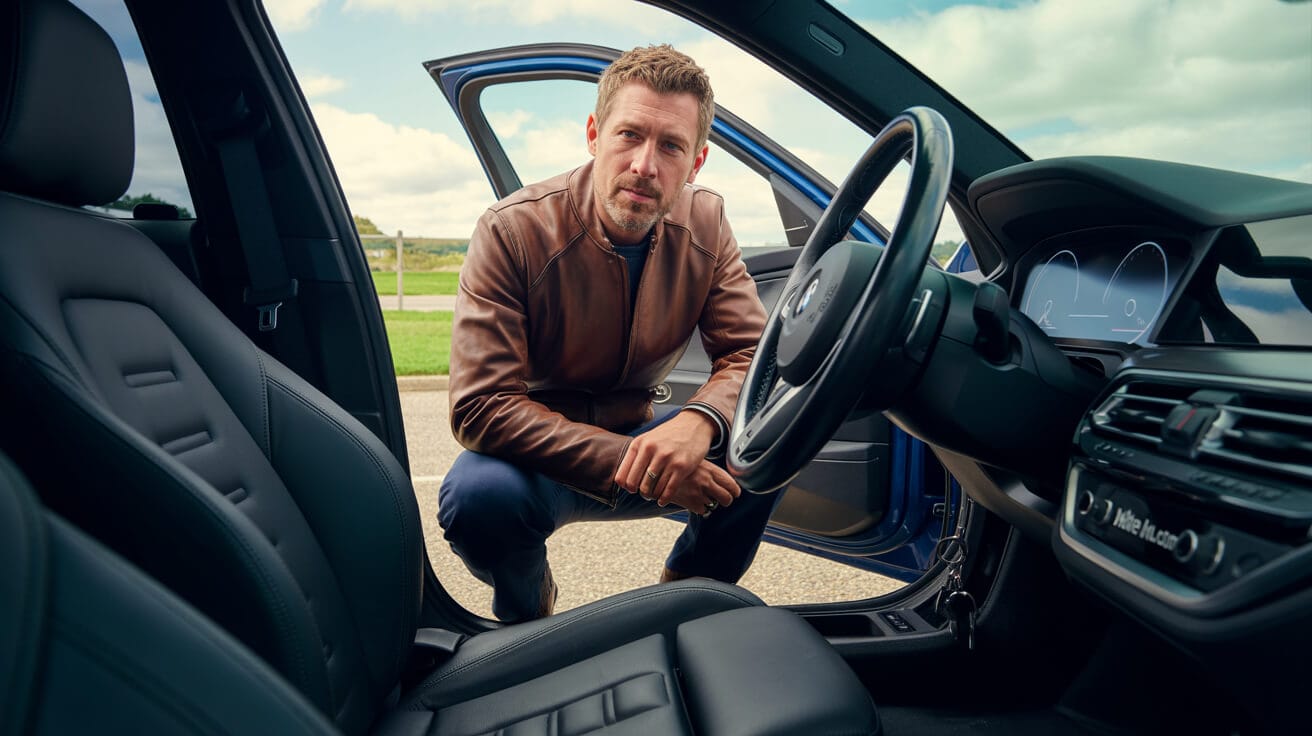
Smart keys and car-connected apps add resilience but invite a new breed of attacker. Lost phones, compromised digital accounts, or poor app hygiene expand the “attack surface.” If you manage access poorly, a thief doesn’t need to break in—they just log in.
These smart systems bring speed and convenience, but demand you act as gatekeeper. Initial setup, permission audits, and app updates are as important as locking a door.
Security is what you update and check today—not the feature you bought last year.
Enabling push notifications for login attempts, watching for software changes on your vehicle, and reviewing user lists make the difference between secure and susceptible.
How Can You Fail-Safe Your App and Account Permissions?
Every phone, watch, tablet, or partner device synced to your car is another digital key. If one gets lost or stolen, revoke it immediately—don’t hope the stranger’s honest.
Digital keys and car apps bring convenience but require constant permission audits to shut attackers out.
Do OTA Updates Guarantee Ongoing Protection?
Over-the-air (OTA) updates can close vulnerabilities, but they only work if you approve and verify them. Incomplete or misapplied updates can introduce more holes than cures.
OTA updates patch vulnerabilities but require your action and follow-up—maintenance isn’t set-and-forget.
Set reminders: confirm updates, test new features, and always check that functions you count on still work.
Why Is Documentation and Evidence Now Central to Car Security?
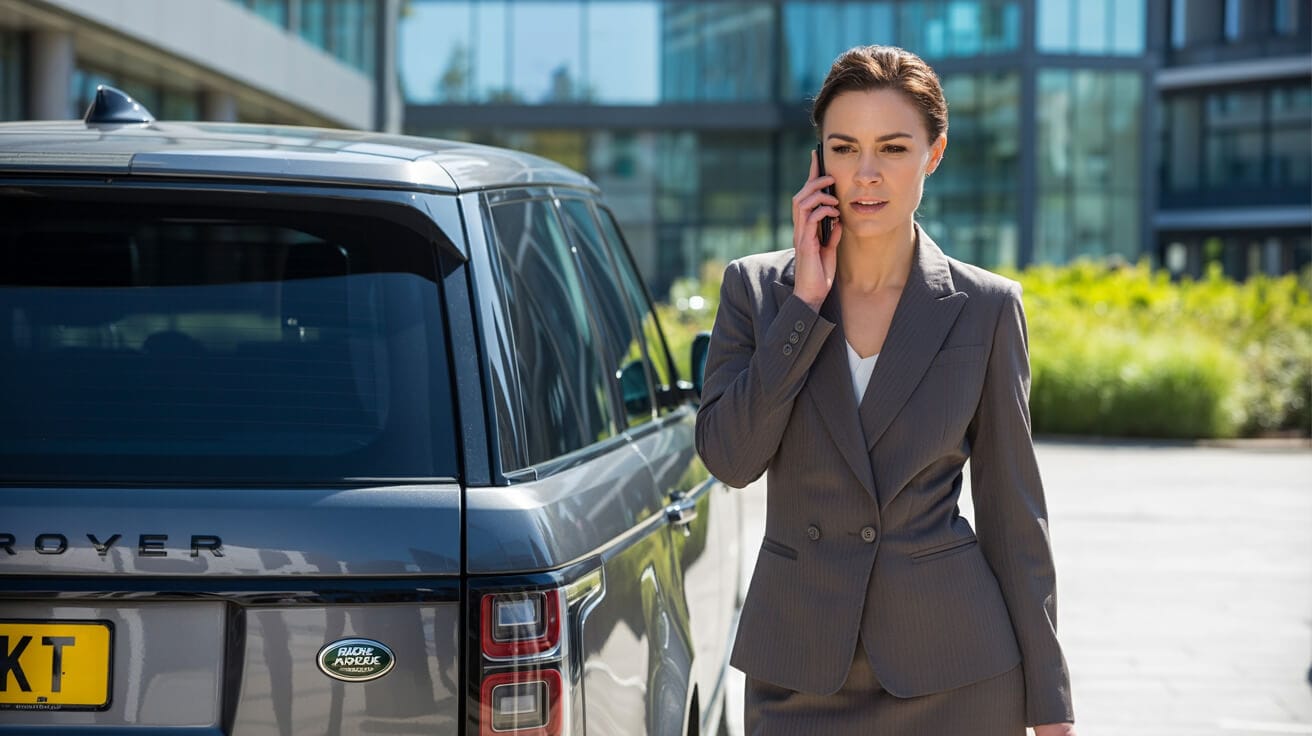
Hardware can be defeated—records survive. When you document every key, log every access or handover, and keep photos of service and programming, you give yourself leverage in disputes and clarity in emergencies.
Whether you manage a personal car or a fleet, records are your audit trail and insurance backbone. With digital handovers, consistent logs, and on-site photos, you move from hope to proof.
Paper and pixels outlast promises. Evidence is a weapon all its own.
A proper inventory shows what devices have access, making it easy to spot if something’s lost or copied. Modern vehicles log events automatically—service teams like ours extract these logs and explain what they mean for your protection.
How Does Security Inventory Prevent Future Headaches?
A regular check of every key, card, fob, and digital access shows what’s in play and what’s missing.
Security inventory tells you at a glance who or what could access your car—so you can plug gaps before they’re exploited.
When Does Logging Beat Hardware?
In disputes over break-ins, denied claims, or mysterious malfunctions, a log is proof. If you have photos, signed job sheets, and electronic handover, you’re three steps ahead.
Access logs resolve “who had what, when?”—ending most arguments before they start.
A one-page, up-to-date inventory holds more protective value than the fanciest gadget.
What Sets Professional Diagnostics and Programming Apart—And Why Does It Matter?

Only professionals with the right tools, authorisations, and habits protect you at the roots—by fixing problems with a verifiable chain of custody and meticulous logging. Auditability isn’t about paperwork; it’s the only way to build trust when something goes wrong.
With Autolocks Ltd, you get a full record: owner approval, compliance with every step, and a documented fix—no cutting corners, no passing the blame.
You don’t want plausible deniability—only trivially true, signed proof matters in the long run.
Expert repair logs, non-destructive-first policies, and audit trails outlast quick fixes. Don’t accept guesswork or “have a go” repairs. True professionals leave only evidence and working vehicles behind.
Why Does Auditability Mean Long-Term Peace of Mind?
Each programmed key, access code, or replaced module is time-stamped and linked to you—not just for now, but for disputes, insurance, and resale.
Full, accessible service records give you an evidence chain that stands up under scrutiny.
In Emergencies, Is It Okay to Skip the Paper Trail?
Even when time is critical—locked out or at risk—every repair should end with records, photos, and plain-English explanation.
Fast is never an excuse for reckless; honest work documents itself for your future benefit.
Demand what you’re owed: proof, process, and a clear voice at every step.
Why Is Compliance and Legal Readiness Fundamental to Security Today?
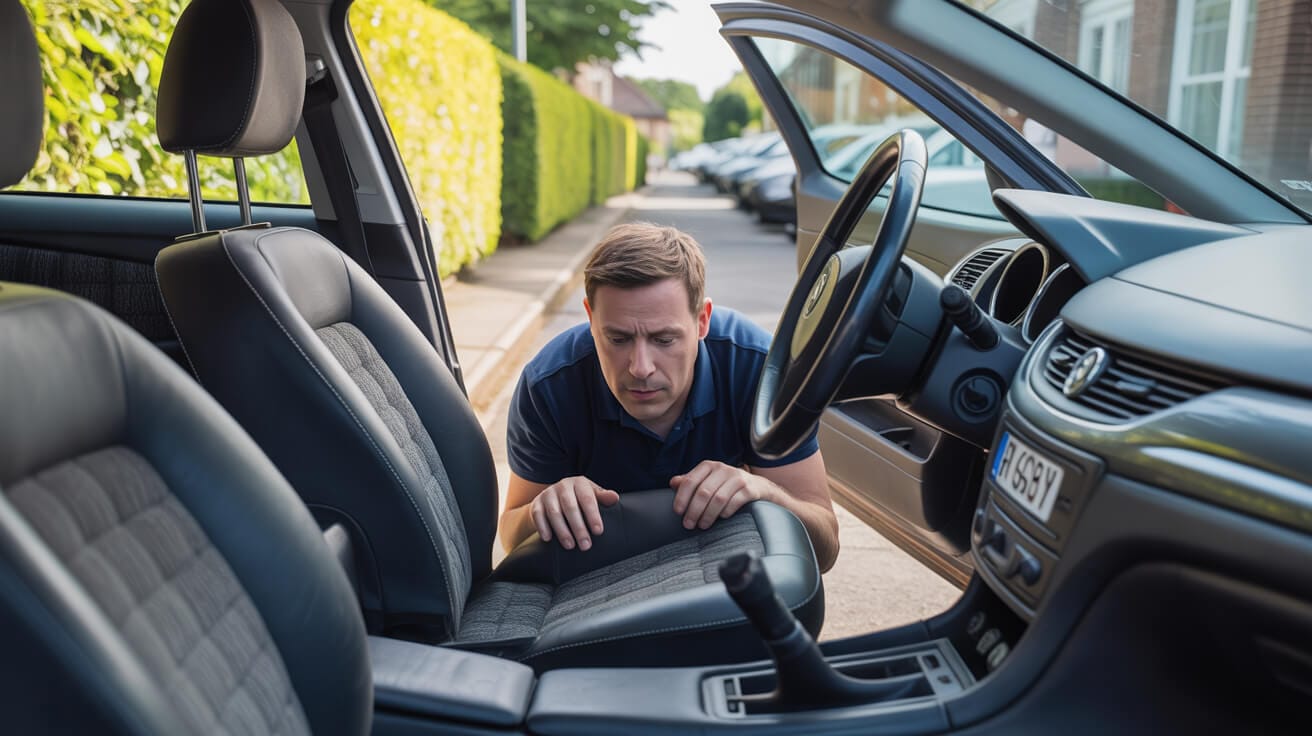
Security isn’t about gadgets alone. It’s about stewardship: legal consent, data privacy, and up-to-date standards. The strongest protection is transparent, policy-driven, and prepares you for everything from breakdowns to claims.
Autolocks Ltd champions this: owner-verified entries, tamper-proof records, and strict compliance, as routine—not as an optional upgrade.
Trust is won when you see the process, not just the promise.
When it’s time to move on, claim, or dispute—clear records and consent logs are as important as working locks and alarms. Audit chains build policy-proof peace of mind.
How Does Consent Logging Build Ownership?
Repair, programming, or key replacement should start and end with your explicit OK and a full paper and digital trail.
Consent logs show you, future buyers, and insurers control, making every job clear, transparent, and above board.
Is Your Data Ready for the Next Owner or the Next Dispute?
Records now need to be transferable, policy-compliant, and accessible. As service and ownership increasingly go digital, having this audit chain protects value and simplifies handovers or claims.
Compliance-grade digital records make transfers and claims easy—eliminating ownership headaches later on.
Making your security future-proof means preparing all records today.
What’s the Playbook for Lasting Security—and Confidence—Right Now?

Security is ongoing care, not a one-time fix. Lasting safety comes from routines you practice, audits you commission, and the right partner by your side. Yearly reviews, personal checks, and annual professional diagnostics make your car or fleet a “hard target.”
No gap is too small, no process too tedious, when your peace of mind and investment are at stake.
How to Run Your Own Security Audit This Month:
1. Test all keys and fobs.
Remove unused and check each for full function.
2. Review app users and digital credentials.
Remove anyone no longer relevant. Update passwords and security questions.
3. Inspect all physical locks, windows, and seals.
Check for damage, slow operation, or water ingress—simple but often overlooked.
4. Schedule an expert audit before winter or after a key event.
Get an audit-ready report from a credentialed professional.
Mixing these routines with professional support turns risk into resilience.
Why Does Going Pro Multipy Value?
Working with Autolocks Ltd means you get more than a “fix”:
- Fast, traceable response and non-destructive-first repairs
- Owner-verified entries and scan-audited handovers
- Included warranty, aftercare, and clear pricing
- Industry certified tools, up-to-date knowledge, and direct feedback
- Nationwide skills—any model, old or new, single cars or fleets
True peace of mind lives in the habits you keep and the partners you trust most.
Why Autolocks Ltd Is the Partner Your Car Deserves
You want security that just works, confidence you can prove, and a team who solves for your peace of mind, not just the breakdown. Autolocks Ltd is where modern security meets owner-first service—auditable, future-minded, and as invested in your car as you are.
If you value traceable excellence, transparent service, and real resilience, Autolocks Ltd is how you turn anxiety into assurance—one proof-point at a time.
Choose Autolocks Ltd when your security must stand up to the real world. If you demand rigorous accountability, seamless support, and a playbook for today’s risks (not yesterday’s), we’re ready to help.
Frequently Asked Questions
How Does Real Car Security Work—And Why Do Most Owners Get It Wrong?
Your car’s true safety is only as strong as the weakest routine you run—not just the locks or alarms you paid for. Genuine security works as a layered system: physical locks, coded credentials, audit-proof documentation, and, above all, your vigilance. Thieves don’t just jostle doors anymore. They scrape through forgotten spares, stale app logins, neglected firmware, or lone gaps where busy lives have slipped. Most owners think they’re secure because “nothing’s happened yet”—that’s not a strategy, it’s wishful thinking.
The chain holding your car safe is made of the habits you repeat, not gadgets you buy.
Modern vehicles demand proactive management. Every unchecked key, app permission, or skipped service is a crack in your castle. That’s why Autolocks Ltd runs security as a living process—auditing every credential, testing every system, and handing over documented defences you own year-round. Security isn’t an artefact; it’s a workflow. Owners who treat it that way never look back.
Which Elements Are Command Central to Vehicle Defence?
- Physical integrity: Handles, latches, lock cylinders—if these fail, even digital locks can’t help.
- Credentials and codes: Every spare key, remote, and digital access point is a silent liability if not catalogued and controlled.
- Disablement systems: Your immobiliser and alarm won’t matter if the basics falter or routines fail.
- Documentation and discipline: Audit-ready records of access, programming, and handover close the legal and practical loop.
Autolocks Ltd sees security as a living, verifiable chain. The company underwrites your calm by removing blind spots and future-proofing every layer.
Where Do Most Security Chains Crack—And Who Pays the Price?
Most losses drop through silent cracks: unreturned spares, departed family members or staff, untracked upgrades, or cloud logins left running on “old” smartphones. Each tiny miss amplifies risk. That’s why we close every job by checking—not assuming—every link in your vehicle’s defence.
How Are Modern Thieves Breaking Through Today’s Vehicle Defences?
Car crime has gone digital. Forget smashed windows; today’s attacks blend radio relay theft, OBD-II port trickery, and networked app exploits. The riskiest holes are the ones you didn’t know you’d left open—any neglected zone is a win for the criminal with a £100 relay amplifier or a borrowed coder.
Invisible gaps trump brute force. A four-figure digital key fob can be cloned in a petrol station car park if your routines lag. If you don’t know who can unlock your car—apps included—then neither does anyone who’s trying to breach it.
What you can’t see—old logins, dormant spares, forgotten programming—poses the sharpest threats.
The three technical “fronts” are:
- Relay amplification: Extending your fob’s signal from inside your home to the road.
- OBD port hacks: Plug-in programmers can clone a new fob in minutes if the port is exposed.
- Mechanical bypass: Tired hardware (worn cylinders/latches) or third-party fitments give attackers “analogue” routes in.
Every method works because complacency is common and upgrades breed new seams. Only brands like Autolocks Ltd, who combine full hardware reviews with digital audits, stay one play ahead.
What’s Relay Theft—And Who’s a Target?
Any car with keyless entry is vulnerable. Thieves wave a black box near your door or window, capture the signal, and the car thinks you’ve arrived with the key. Owners should request relay shields and test them.
OBD Port Tricks—How Real Is the Threat?
All it takes is glovebox access. Unscrewed or unclipped OBD ports enable quick fob programming. Lock your OBD port, park in high-visibility spaces, and have credentials checked during every major service.
Are Old-School Attacks Still Effective in a High-Tech World?
Common sense says no—data says yes. Faulty or neglected mechanical locks still outsell digital exploits for a reason: busy owners pay more attention to apps than latches. Regular hands-on testing is your first shield.
Where Do Digital and Mechanical Security Overlap—and Why Is This the Most Dangerous Gap?
High-tech upgrades mean nothing if hardware maintenance fails. Flashy immobiliser, rusted lock—it’s like fitting a steel safe door with wooden hinges. The collision zone is where most breaches start: credentials that outlive their use, devices paired last year, physical locks grinding dry. No single layer is enough—resilience only emerges where habits, hardware, and digital rules overlap.
The real threat is the shadow zone between analogue routine and digital sprawl.
Audit your security chain: Who can still get in? Which app or device was never deleted? What update or alarm quieted itself last winter? Autolocks Ltd runs these drills, letting no “grey area” escape. Secure owners cross these transition zones, log the new “normal,” and eliminate invisible leaks.
How Does Every Unlock Really Work?
It flows radio → cryptographic handshake → immobiliser → BCM/Gateway → ECU → starter/drive—founded on working hardware, current credentials, and healthy digital states. Drop one step, the compound protection is lost.
Why Does Forgotten Digital Access Matter More Than Most Think?
A forgotten login or staff device is a hidden trapdoor. Regular credential audits and digital pairing reviews are now as crucial as changing the deadbolts on your house.
What New Risks Come from App-Based and Smart Key Access—And How Can You Stay in Control?
Smart keys and connected apps are the new speedways for both owners and thieves. A lost phone whispers “welcome” if its cloud login’s still live. Owners who see apps as pure convenience skip the digital hygiene: expired devices, ex-users, stale passwords. Every “quick pair” is a potential leak.
Digital threats move at zero notice. Mitigating them isn’t technical—it’s procedural: expire old devices, rotate passcodes, and close every digital window like a physical one.
You’re as protected as the last unpaired device you remembered to delete.
Treat app credentials as you do house keys—handed back, not left in the pocket. Make digital audits routine, not a repairman’s afterthought.
What Should Owners Do to Harden Digital Access Right Now?
- Quarterly audit: Remove unused app permissions, delete stale devices, review all linked accounts.
- Real-time alerts: Enable notifications for every login or pairing event.
- Password hygiene: Rotate and never reuse; reset after any suspicion of breach.
Do Over-the-Air Updates Increase or Reduce Risk?
Updates close holes but can open new ones if interrupted. Always confirm each update completes, test access afterwards, and log all changes. A digital record is your evidence when it counts.
Why Is Documentation More Powerful Than High-Tech Gadgets?
A dispute is never about “what you meant”—it’s about what you can prove. You don’t win claims, resale, or investigations with a gleaming bill for an alarm; you do with clear evidence: which keys exist, when each was programmed, who consented, every photo/paper trail. This audit-first approach doesn’t just protect—it saves time, money, and hassle for years.
The only defence stronger than your locks is your paper trail.
Owners who document, win. Unrecorded keys, missing handover notes, unaudited upgrades—these become costly gaps in court or after a loss. Autolocks Ltd makes every change, handover, code, or update a line in your digital/physical file—embossed with consent, time, and technician ID.
What’s in a Security Inventory?
Not just a list of keys—it’s a control log of every credential, device, and change event. It lets you hand over, sell, or claim against your car without a second guess.
How Does Best-in-Class Logging Beat Expensive Gadgets?
In claims and legal issues, only logs win. Timestamps, photos, and receipts—those are the records insurance and buyers respect, no matter how fancy the lock or alarm.
Why Does Legally Compliant Service Outrank “Just Getting the Job Done”?
Compliance is the firewall between you and tomorrow’s problem—insurance challenge, theft investigation, service warranty, corporate or fleet audit. Owner-verified, consent-tracked, and compliance-driven service means Autolocks Ltd never leaves you exposed. It’s not red tape—it’s your shield.
In an audit or claim, the only winners are those with signed, exportable records.
GDPR, consent signatures, digital handover captures—these aren’t buzzwords; they’re your receipts when things get serious. Every service step at Autolocks Ltd is signed, encrypted, and audit-ready—protecting both you and the technician, whatever the future throws.
How Do Consent Logs and Legal Records Protect Owners?
A full record of who, what, and when closes legal loopholes. With signed digital/physical logs, you stop most disputes before they start—your proof answers every question.
Is Your Service and Documentation Export-Ready?
When it’s time to resell, switch fleets, claim against damage, or handle emergencies, your records must travel as quickly as your car does. With exportable, up-to-the-minute documentation from Autolocks Ltd, you own your car’s history, not the other way round.
Don’t let your car’s defence rest on hope and old routines. Secure your position—book an owner-first, fully documented security audit with Autolocks Ltd and hold proof, protection, and control in every handover.


